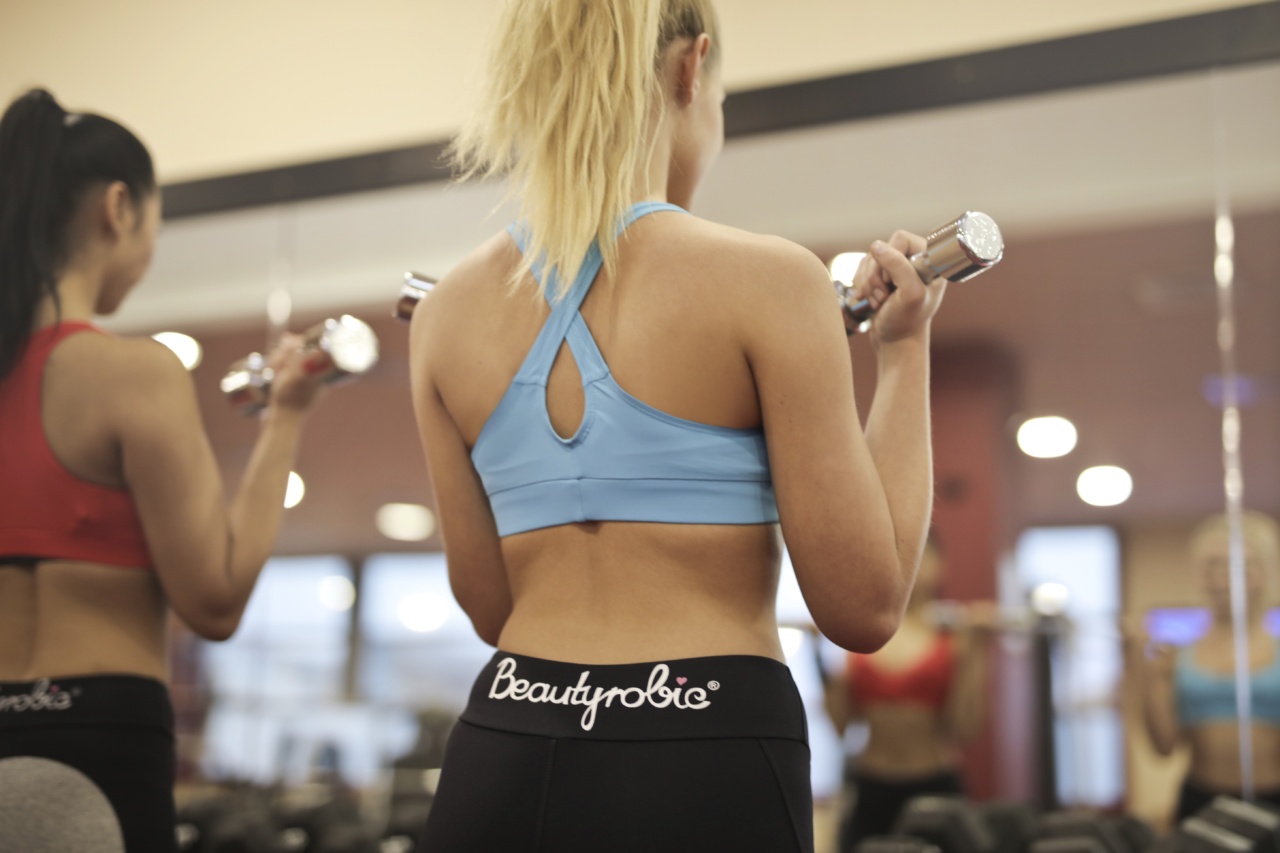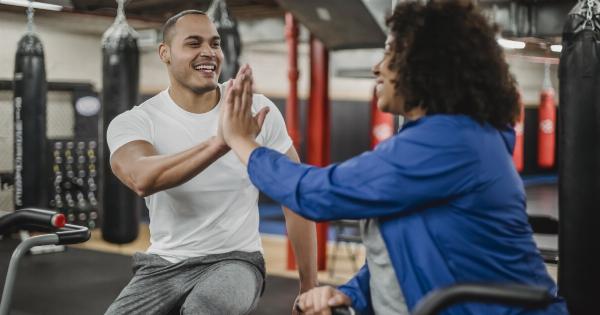As we age, it’s natural for our bodies to undergo various changes. Our metabolism slows down, muscle mass decreases, and we may experience a decline in strength and overall energy levels.
However, the good news is that with the right training regimen, we can turn back the clock and revitalize our bodies. In this article, we will explore different training methods and techniques that can help you regain your youthful vigor and maintain a healthier, more energetic lifestyle.
The Importance of Exercise
Exercise plays a crucial role in maintaining overall health, and it becomes even more essential as we age. Regular physical activity not only helps to improve cardiovascular health, but it also enhances muscle strength, flexibility, and bone density.
Additionally, exercise can have a positive impact on mental health by reducing stress, anxiety, and depression.
Strength Training
One of the most effective ways to revitalize your body is through strength training. As we age, we naturally lose muscle mass, which can lead to a decrease in overall strength and mobility.
Strength training exercises, such as weightlifting or resistance training, help to increase muscle mass, improve bone density, and enhance overall strength.
When starting a strength training regimen, it’s essential to begin with lighter weights and gradually increase the intensity over time. This allows your body to adapt to the new demands and reduces the risk of injury.
Aim for at least two to three strength training sessions per week, targeting different muscle groups to ensure overall balance and development.
Cardiovascular Training
Cardiovascular training is another vital component of revitalizing your body. Engaging in activities that increase your heart rate not only improves cardiovascular health but also helps to burn calories and maintain a healthy body weight.
Examples of cardiovascular exercises include brisk walking, jogging, cycling, swimming, or participating in aerobic classes.
It’s recommended to engage in at least 150 minutes of moderate-intensity aerobic activity or 75 minutes of vigorous-intensity aerobic activity each week.
Remember to start slowly if you’re new to cardiovascular training and gradually increase the duration and intensity of your workouts. Be sure to consult with your healthcare provider before starting any new exercise program, especially if you have underlying health conditions.
Flexibility and Balance Exercises
In addition to strength and cardiovascular training, flexibility and balance exercises are essential components of an age-defying training program.
These exercises help to improve joint mobility, enhance posture, and reduce the risk of falls or injuries.
Yoga and Pilates are excellent choices for improving flexibility, balance, and core strength. They involve slow, controlled movements that promote flexibility, stability, and mind-body connection.
Regular practice of these activities can help delay the natural decline in flexibility and maintain a greater range of motion.
High-Intensity Interval Training (HIIT)
High-Intensity Interval Training, or HIIT, is a form of cardiovascular exercise that alternates short bursts of intense activity with brief recovery periods.
This type of training has gained popularity in recent years due to its efficiency and numerous health benefits.
HIIT workouts can be adapted to suit different fitness levels and preferences. They can involve exercises such as sprinting, cycling, jump rope, or even bodyweight movements like burpees or mountain climbers.
The intense bursts of activity help to improve cardiovascular fitness, increase calorie burn, and stimulate the body’s natural production of growth hormone, which can have anti-aging effects.
Mind-Body Practices
As we age, it’s essential to focus not only on the physical but also on the mental aspects of our well-being.
Mind-body practices such as meditation, tai chi, and qigong can help to reduce stress, improve cognitive function, and promote overall emotional well-being.
These practices can be incorporated into your daily routine, either through online classes, local group sessions, or self-guided practice.
Taking a few minutes each day to calm your mind, focus on your breath, and connect with your body can have a profound impact on your overall vitality and quality of life.
Proper Nutrition
Achieving optimal health and vitality goes hand-in-hand with a balanced and nourishing diet.
As you embark on your training journey, it’s crucial to fuel your body with the right nutrients to support your physical activities and overall well-being.
Include a variety of whole foods in your diet, such as fruits, vegetables, lean proteins, whole grains, and healthy fats.
Stay hydrated by drinking plenty of water throughout the day, and limit processed foods, refined sugars, and excessive alcohol consumption.
Rest and Recovery
While consistent training is essential, it’s equally important to prioritize rest and recovery.
As we age, our bodies may take longer to recover from intense workouts, so it’s crucial to listen to your body and allow for adequate rest between training sessions.
Ensure you get enough sleep each night, as this is when your body repairs and rejuvenates itself. Incorporate restorative practices such as gentle stretching, foam rolling, or taking relaxing baths into your routine.
Giving your body the time it needs to recover will help prevent injuries and promote long-term vitality.
Conclusion
Revitalizing your body and turning back the clock is possible with the right training regimen.
Incorporate a combination of strength training, cardiovascular exercises, flexibility and balance exercises, high-intensity interval training, mind-body practices, proper nutrition, and restful recovery into your lifestyle. Remember to start gradually, listen to your body, and consult with a healthcare professional before starting any new exercise program.
With dedication and consistency, you can experience the benefits of a revitalized body and enjoy a healthier, more energetic life.




























